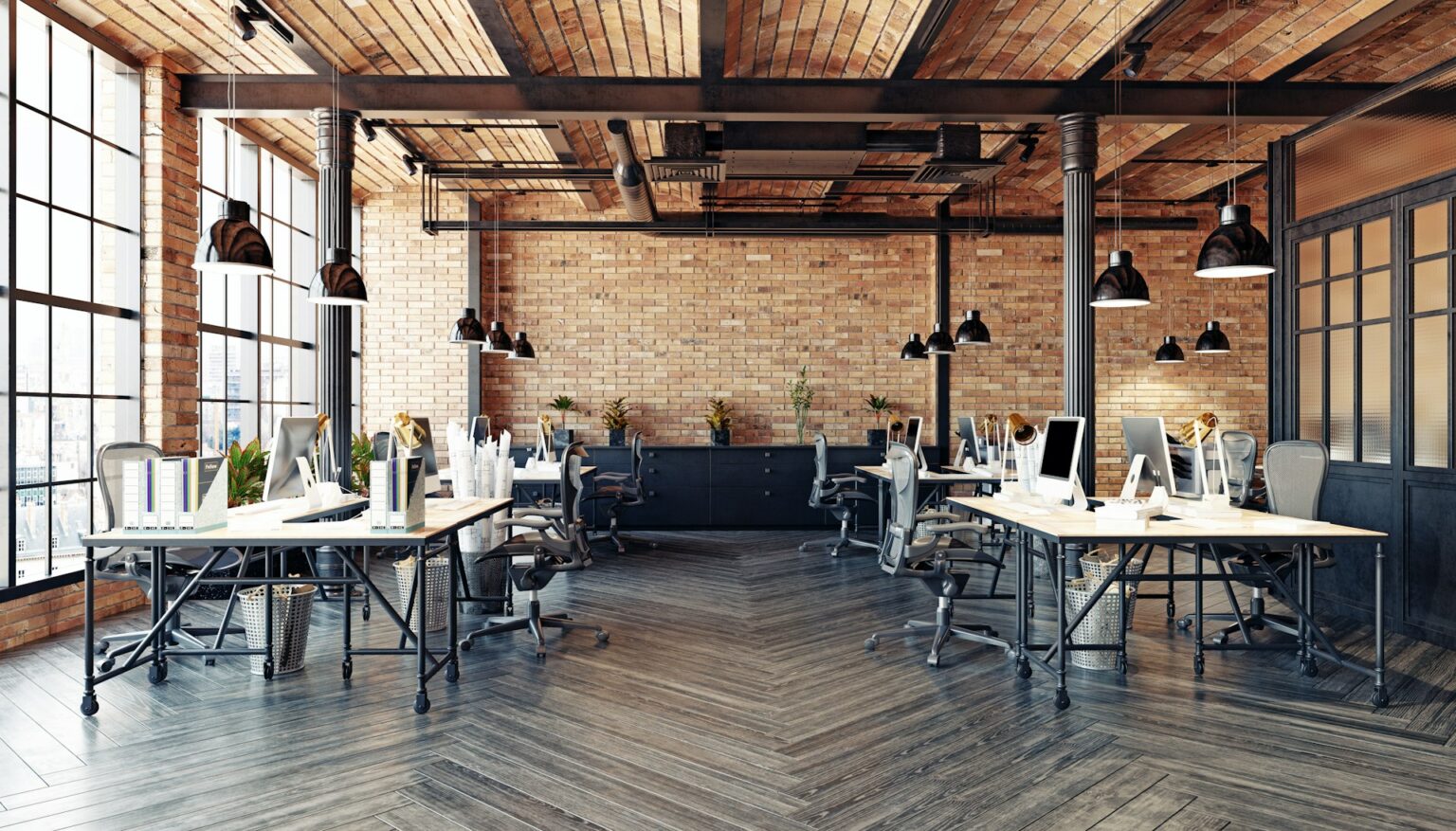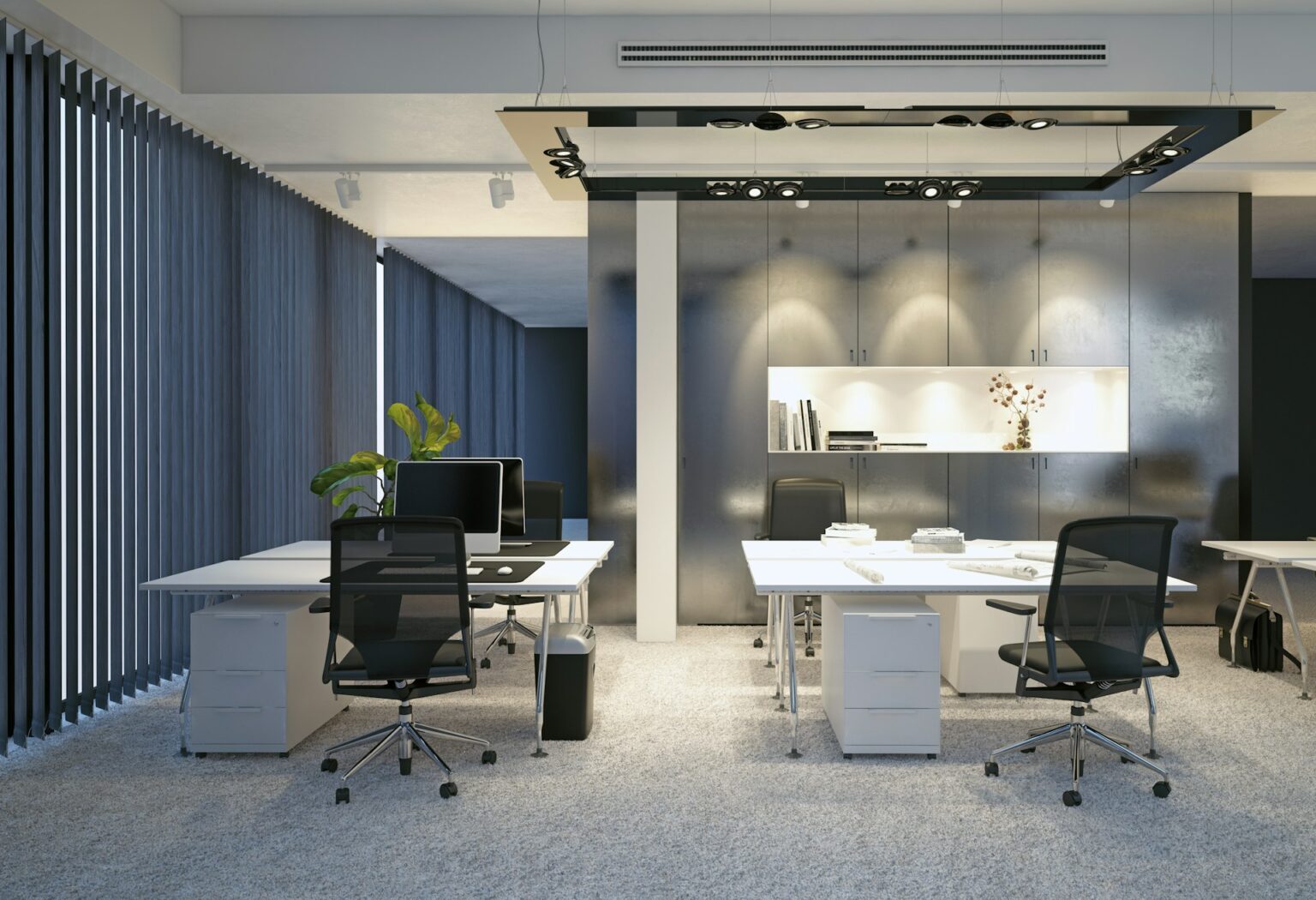Warehouse floors take a beating day in and day out. Between heavy pallets, forklifts, foot traffic, and spilled materials, the flooring in a warehouse rarely gets a break. If it’s not built to handle all that, it becomes a safety hazard. Trips, slips, and equipment issues can all start right under your feet. That’s where the right kind of industrial safety flooring plays a big role, especially in high-traffic areas like loading docks, storage aisles, and shipment zones.
For warehouses in Lincoln, safety flooring isn’t just about following rules. It’s a way to protect your team and keep things running as smoothly as possible. When floors are made with safe materials and installed properly, everyone benefits. This piece highlights the key factors that go into choosing the right safety flooring for an industrial warehouse and why it matters to the people working there every day.
Identifying Safety Hazards In Warehouses
Warehouse operations move fast. That pace brings risks, especially when the flooring can’t keep up with the demands of daily use. Over time, certain hazard patterns start to show up in most warehouse settings. When ignored, these can cause injuries, slowdowns, and even long-term damage to the building.
Some of the most common flooring-related hazards in warehouses include:
1. Slippery surfaces
Floors can become slick from water, oil, or product spills. Even basic cleaning agents can leave behind residue that increases the chance of slips, especially in colder months when moisture gets tracked in from outside.
2. Uneven flooring
Cracked concrete, separated tile edges, or grooves created by moving equipment can trip workers or damage carts and forklifts.
3. Dust and debris buildup
Loose particles on the floor can lead to slips or make it harder to control machinery.
4. Poor visibility of hazard zones
In areas without clear floor markings, it’s easy to drift into forklift paths or off designated routes.
5. Chemical exposure or corrosion
Some materials break down when exposed to certain substances. That could lead to structural damage over time or unsafe walking surfaces.
Some warehouse managers only discover these issues after someone gets hurt. Many can be spotted early during regular walk-throughs or inspections. A facility in north Lincoln noticed a small dip forming along a major traffic path. At first, it didn’t seem serious, but a few weeks later, carts would bounce over it, and drivers started complaining about the impact. Eventually, a cart tipped, which led to a complete review of the floor conditions. What began as a quiet dip turned into a red flag.
When flooring starts to fail, it doesn’t take long for problems to grow. What looks like a scuff can split into a crack. And once the surface weakens, it creates risk for everyone using the space. Spotting small concerns early helps stop them from turning into bigger headaches.
Features Of Effective Safety Flooring Solutions
Not all flooring products are made with safety in mind. In busy warehouse environments, your choice of material has a direct impact on both performance and safety.
High-quality industrial safety flooring usually features:
– Slip resistance: Textured surfaces or grip-friendly materials help prevent slips even when conditions are wet or dusty.
– Durability: Floors in use all day need to hold up under constant traffic and the weight of equipment.
– Chemical resistance: For spaces involving cleaning agents or industrial chemicals, the floor should not weaken or corrode.
– Moisture control: Built-in barriers or coatings can prevent water damage or mold issues in areas prone to spills.
– Easy maintenance: Surfaces that are tough to clean tend to stay dirty, which makes them unsafe over time.
– Anti-fatigue support: Some floors offer extra cushioning to support people standing in the same spot for long hours.
A few materials rise to the top for these exact reasons. Epoxy coatings are a common go-to for areas that see heavy use and need resistance to spills. Rubber tiles can be useful in entryways or where traction is more important. Industrial vinyl brings a mix of durability and easy upkeep, working well in general-use zones.
There’s more involved than just picking a material. Everything has to meet the appropriate guidelines set by OSHA or local safety codes. Skipping that step could leave you wide open to hazards or liability. It’s not always about finding the cheapest product but rather the best fit for safety and performance in your space.
A good warehouse flooring system can hold up under the daily grind, all while reducing accidents and supporting your crew.
Installation Considerations For Warehouse Flooring
Installing warehouse flooring means more than unrolling tile or pouring a layer of coating. The base work matters just as much as the material chosen. Skipping that prep is one of the fastest ways to waste your investment.
It usually breaks down into a few key steps:
1. Inspection and assessment
Floors get reviewed for pre-existing damage like cracks, moisture issues, and wear. This shows what early repairs are needed.
2. Surface preparation
Depending on what problems are found, this might involve grinding, sweeping, patching holes, or removing old adhesives to make the surface as smooth as possible.
3. Product selection and planning
Areas that deal with heavy machinery may need different floor types than those used for employee walkways or chemical storage.
4. Installation
Flooring can come in the form of tile, planks, roll-out products, or liquid coatings. The right crew and tools make a big difference in how well this goes.
5. Curing and testing
Many materials, especially industrial coatings like epoxy, need time to cure. Rushing into use too early can weaken the installation.
Hiring experienced pros is a smart move here. Proper installation keeps the floor secure and prevents bubbling, seams separating, or rapid failure under stress.
After it’s down, regular maintenance should be scheduled. Checking for early issues, damage, or wear keeps problems from growing unnoticed. Cleaning methods should match the floor type. For example, scrubbing might work for one kind of coating but not another.
Keeping a sharp eye on how the flooring holds up and adjusting care routines will make it last longer and perform better.
Benefits Of Safety Flooring In Warehouses
A warehouse floor that’s been built with safety in mind pays you back over time. It doesn’t just look cleaner or last longer. It supports your team, your equipment, and your operations every minute of the day.
Fewer accidents are the most noticeable win. Slip-resistant flooring reduces falls. Clear, even transitions between zones help with rolling equipment. Workers move faster and with more confidence if the floor feels secure under their feet.
Reduced downtime is another strong benefit. When floors fail, that often means taping off sections or halting movement through key zones. That costs time and crashes productivity. Strong floors installed right at the start reduce those stops.
Other positives include:
– Less effort spent on cleaning and inspections
– Better comfort for teams that stand all day
– Slower wear and fewer repairs needed
– Brighter spaces when reflective finishes are used
One warehouse in southeast Lincoln improved its shipping lanes by applying textured epoxy. Not only did it reduce slips, but team members also spent less time waiting on cleared paths or rerouting avoided zones. Daily flow improved just from the better visibility and smoother surface.
Warehouse work depends on speed and coordination. If flooring gets in the way, you feel it fast. Safer floors support smoother workflow and lower long-term repair needs.
Making The Best Choice For Your Warehouse
Every warehouse has different needs. You can’t grab flooring off a shelf and run with it expecting the same results across Lincoln. Choosing the right safety flooring means looking at how each area functions every day.
Ask yourself:
– Where do the heaviest movements happen?
– Where do spills or water risks show up most?
– What traffic patterns run through the space?
– What safety rules apply to your industry or footprint?
You’ll also want to think about how long the install may take and whether downtime affects your operation. Taking shortcuts to save time often costs more later.
There’s huge value in talking to experts before deciding. The right contractor sees risks you might miss. They’ve worked with these materials and setups before and know how each product responds under real pressure.
Safety flooring is a long-term choice. Picking the right one now saves the stress, cost, and risk of replacing it too soon later.
Why Your Warehouse Floor Deserves More Attention
Your floor isn’t just there to be walked on. It sets the tone for how safe, clean, and efficient your space really is. When it’s treated as a key part of your warehouse, it rewards you every step of the way.
From fewer injuries to smoother operations, safe and strong flooring doesn’t just protect—it helps your whole team push forward with fewer interruptions. Whether you’re handling chemicals, stacking inventory, or loading pallets at all hours, solid safety flooring makes the job easier for everyone involved.
When you’re ready to boost both safety and efficiency in your warehouse, consider exploring safety flooring installation in Lincoln. Floors Inc. can guide you through selecting the best materials for your needs. Reach out to our experts in Lincoln to ensure your warehouse flooring is up to the task, providing a secure environment for everyone and everything moving across it.


